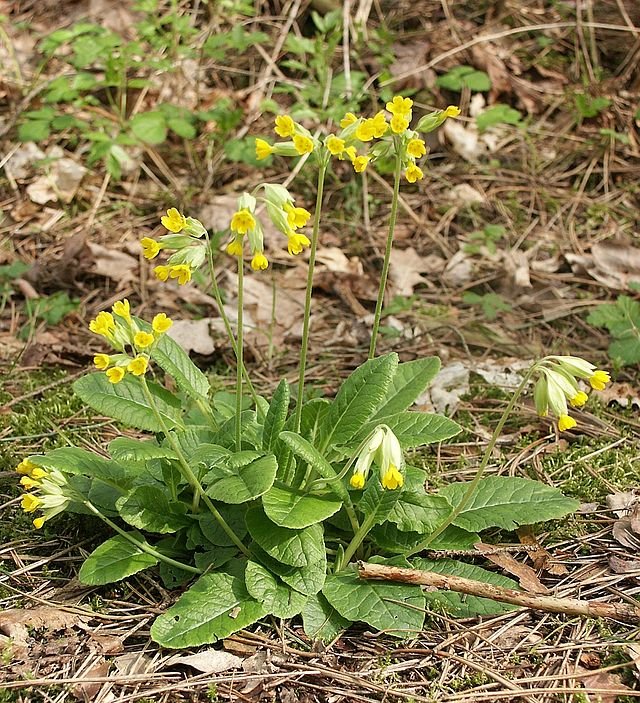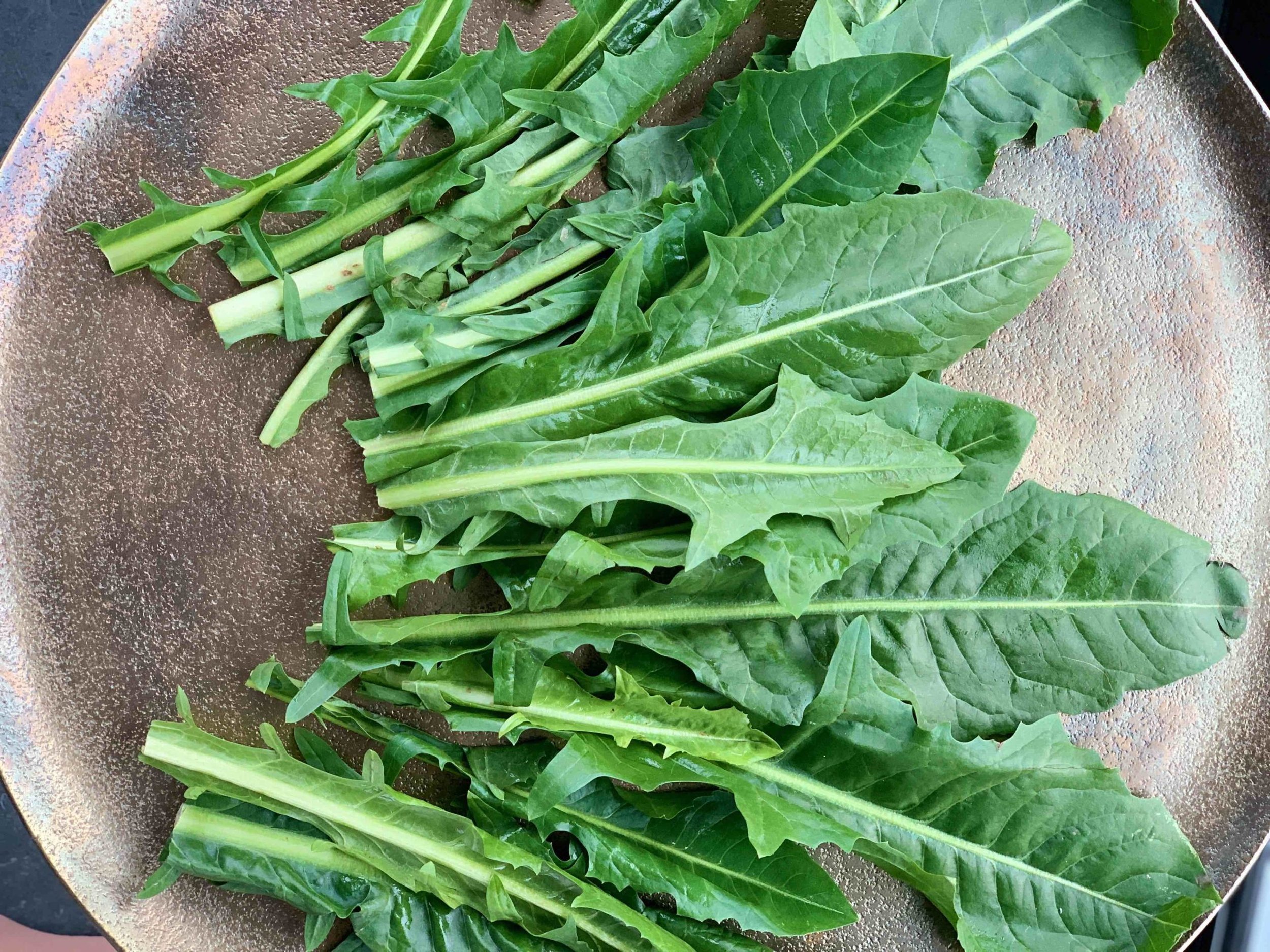Welcome, Springtime!
/“Nothing is so beautiful as Spring”
Spring is my favorite time of year. Trees are so chock full of blossoms, not another blossom could possibly fit. Traditional spring flowers like daffodils, jonquils and crocus color the previously drab, brown garden. Even dandelions are welcome. The weather warms up. Rainy days are mild and welcome, especially in the desert. All those shrubs I severely pruned back just a few months ago are sprouting green shoots again. Everything smells fresh and earthy.
The word ‘spring’ in English doesn’t seem very descriptive. I think the romance languages do a better job of expressing the meaning of the season. ‘Primavera’, for instance, ‘springtime’ in Italian, Portuguese and Spanish evokes the spirit of a renewing season. The word ‘spring’… not so much… although in Old English, the word derives from “springan - to leap, burst forth, fly up; spread, grow". By the way, in Old English, springtime was called “lencten”, pretty close to Lent, and in fact, the Dutch word for springtime is Lente. A hidden language lesson absolutely gratis.
As I was washing windows the other day, it made me think back to the ‘old days’ when spring cleaning was a major ritual. My Dad would take down the storm windows and put up the screens and make sure the lawnmower was sharpened up and ready to go for the new grass-cutting season. The garden would be tilled and seeds would be ceremoniously planted. We’d pick pussy willows and keep a sharp eye out for the first robin. My Mom would collect young dandelion greens and cowslips and cook them like spinach for dinner.
Mom and Lin and I would begin airing out the winter blankets… all the handmade quilts would hang on the clothesline on a breezy, sunny day. Unlike the normal Saturday morning housecleaning, spring housecleaning entailed heavy-duty cleaning… floors would be washed and waxed, the fridge would be defrosted and cleaned out; linens would be washed and ironed; rugs would be beaten. Lin and I cleaned our rooms which was a major undertaking and absolutely exhausting. On the positive side, the house looked and smelled spick and span (for at least a few days).
Shopping for our Easter outfits was a grand affair. New dresses and hats and shoes would be specially purchased to wear to church on Easter Sunday. We colored eggs for Easter. The Easter Bunny would come… baskets with fake green grass, hollow chocolate bunnies (eat the ears first) and jelly beans (black ones are my favorite). Were Peeps around then? (Yup, introduced in 1953. Hated them then, hate them now!)
We don’t ritualize spring as much anymore. Spring housecleaning isn’t a major event. I decorate the house for Spring and Easter, mostly rabbit-themed. But no new Easter bonnet or dress is added to my wardrobe. In New York City, the annual Easter Parade has been taking place since the late 1800s. It’s not actually a parade at all. Families and churchgoers would walk in their Easter finery along Fifth Avenue in front of St. Patrick’s Cathedral after Sunday Mass. Today the Easter Parade & Easter Bonnet Festival still takes place but is a rather a spontaneous event in which hundreds of people still promenade along Fifth Avenue wearing weird, funny, and inventive costumes.
Photo credit- Mad Hatters NYC
Still, the thoughts of fine spring days with warm weather (before the searing desert summer heat begins) lighten the spirit and comfort the soul.
Some spring factoids (just because I can)...
The first day of spring doesn't always happen on the same day each year because spring begins on the date between winter and summer when the day and the night are almost the same length, i.e. the vernal equinox, and it happens between March 19 and March 21 each year.
Spring fever is a real syndrome. When temperatures rise in the spring after a long, cold winter, your blood vessels dilate so blood can be carried to the body surface where heat can be lost quickly to cool the body down. When this happens, the body tends to experience new energy and a sense of exhilaration.
Australia follows the meteorological seasonal system and seasons change on the first day of September, March, June and December. In the USA, we follow the astronomical seasonal system with seasonal changes on the solstices and equinoxes. Astronomical seasons are based on the position of Earth in relation to the sun, whereas meteorological seasons are based on the annual temperature cycles.
Happy Springtime, Everyone!






